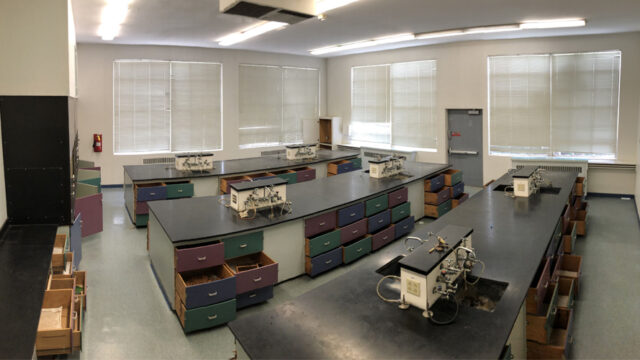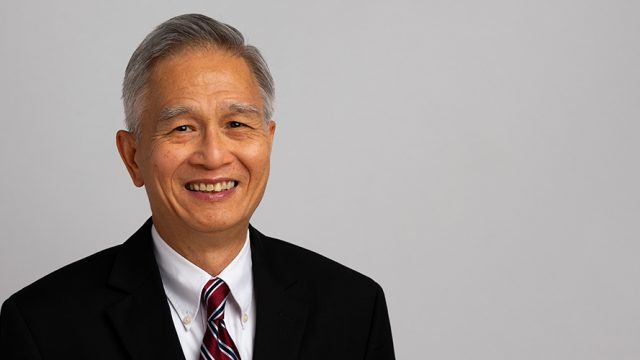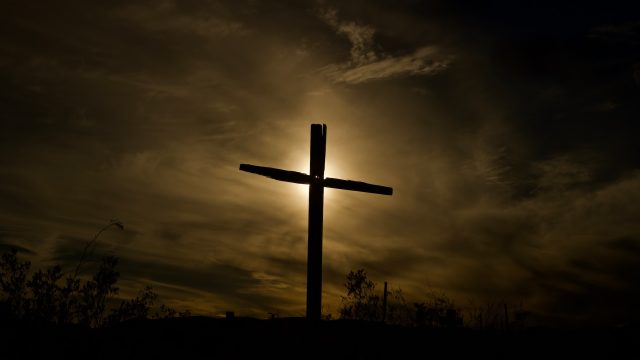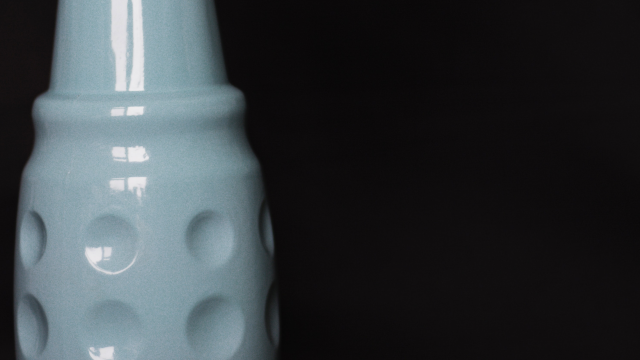Regional leaders say they are committed to preserving it for future generations.
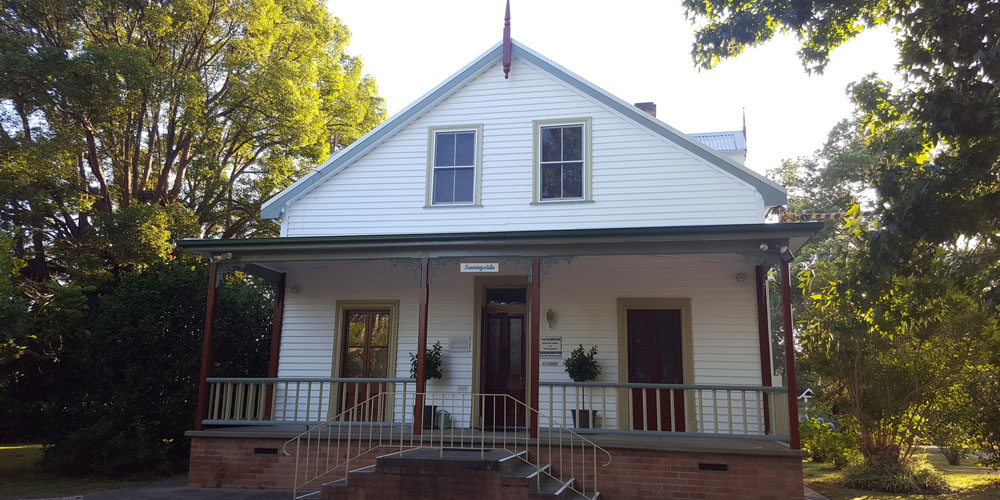
Tours of Sunnyside, a Seventh-day Adventist heritage house in Australia, resumed in June 2021 after they were temporarily halted due to the COVID-19 pandemic. Located in Cooranbong, New South Wales, the place is prominent in Adventist history as the house of church co-founder Ellen White. She lived there in the 1890s.
A student group from nearby Avondale Adventist Primary School was the first to tour the heritage home as it reopened, and more groups are expected in the coming months.
The reopening of Sunnyside coincides with several initiatives by the South Pacific Division (SPD) aimed at preserving Adventist heritage. These include establishing an Adventist Heritage Project committee and the appointment in July of an Adventist Heritage director, who will develop and implement an SPD-wide Adventist Heritage Strategy.
An investment by the SPD in new technology is modernizing current archive processes, with a more streamlined system leading to greater efficiencies and time savings and enhancing future accessibility of historic material.
Significant investment also continues in Sunnyside to support the maintenance needs of the building and to redevelop the adjacent hall into a visitors’ center. All artifacts inside Sunnyside are currently being indexed and cataloged to restore the interior décor and furniture to accurately reflect the time of Ellen White.
“We are very blessed to have such a unique collection of artifacts from around the South Pacific,” SPD president Glenn Townend said. “We place great value on the collection and are thankful for the many people who have donated items. We are also thankful for the volunteers who have supported this important heritage work in the past and continue to do so today. We look forward to showcasing the collection well.
“The SPD remains committed to ensuring the Adventist story and contribution to the South Pacific is shared with the wider community,” he said.
About Sunnyside
Sunnyside was originally a 40-acre (16-hectare) property purchased by White from the Avondale Estate in July 1895. Later, she expanded that to 66 acres (27 hectares). Her purpose in buying the property was to provide assistance and incentive to the developing educational institution, the Avondale School, owned by the church. Cooranbong was then a small timber-cutting town with a post office, police station, three hotels, and two churches.
The first buildings built were a “wash house” and workshop, while the main house was being assembled. Construction of the home began in August 1895. While building took place, White, her household, and most of the building team lived in tents on the property. Sunnyside was completed in early 1896, and the household was able to move from tents into the home on Christmas Day, 1895.
The original house was a double-story building with a front veranda. It had four rooms on each level, the lower having a hallway between them, with eleven rooms in all. Attached to the rear of the main building, next to the dining room, were facilities for a kitchen, bathroom, and storeroom. Its construction reveals the American New England style and the influence of its owner, adapted somewhat for Australian conditions.
To show that the land was useful for agriculture, an orchard was planted consisting of stone fruit, apples, pears, citrus, and grapes. These began to bear fruit during the years of White’s stay at Sunnyside, until August 1900. A large garden of vegetables was also cultivated. These were innovations for the area, as it was believed the land was infertile. The Sunnyside property is visited by thousands each year.
The original version of this story was posted by Adventist Record.




